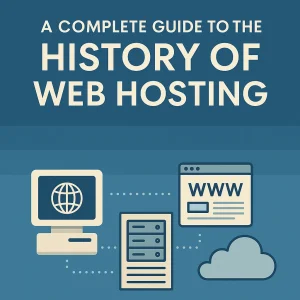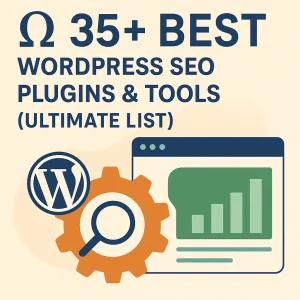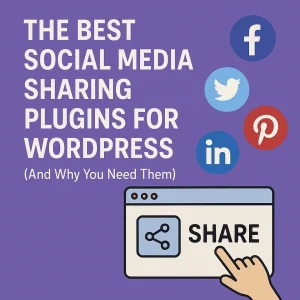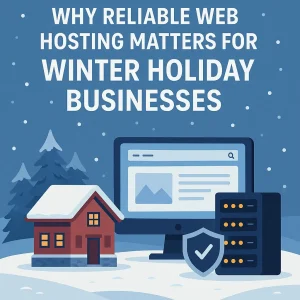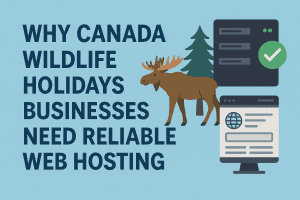WordPress continues to be the most popular choice when choosing a vehicle for building a basic website. Those of you who are a single individual running such a website likely haven’t given much thought to WordPress user roles. In the event that you ever want to allow someone else access to your site then it’s helpful to know how to use these user roles. With them you can give people access to certain areas of your site, but only to certain areas of the site where they’ll be doing what you’ve requested them to do.
Enabling everyday folks to be more in command of their digital presence is a part of what’s made 4GoodHosting a leading Canadian web hosting provider and, while we prefer websites that are much more dynamic, we understand that WordPress is intuitive to use and works perfectly well for a good many of you.
So, today we’ll discuss what WordPress user roles are, have a look a their importance, and share some tips on how to use them the right way to improve overall site security.
Defining WordPress User Roles
WordPress features a role management system that enables you to specify what actions users can or can’t undertake on your site. As your site expands, knowing how to use these roles is a very valuable bit of knowledge. Each role can be specified based on certain capacities, and one example would be enabling one use to publish a post while allowing another to update plugins and themes. Here are 6 default user roles that can be taken on separately to improve security for the website.
-
The Administrator Role
This is almost certainly one you’re already very familiar with, given the fact it’s the role you’re assigned when you create your site. There is commonly only one administrator role and it gives access to everything related to your site. Given this role is all powerful, you should be very leery of giving anyone this high-level access to your site.
-
The Super Admin Role
Note as well that there is one user role that’s technically a step higher than the admin role - the super admin role. The super admin role will only exist when you have a network of connected WordPress sites working in conjunction via WordPress’ multisite installation. This role is responsible for the entire network of sites, and comes with the same privileges as an admin extending out across the entire network of sites. Having a super admin role diminishes the capacity of the standard admin role. He or she can will no longer be able to modify or install plugins and themes, or make changes to user information.
-
The Editor Role
This individual will, not surprisingly, have pretty high-level access to your site. They’ll be responsible for content management - which is huge - and they’ll be responsible for creating and editing pages and posts, plus moderating comments and changing categories. Access to plugins or themes won’t be possible for the editor, but everything related to publishing content is dictated by them.
-
The Author Role
Not much to be concerned about there. The author will be able to create, edit, and publish posts, but not much more than that. They won’t have access to any pages, nor any level of administrative access.
-
The Contributor Role
The contributor role has even less access than the author role, and worthy of even less concern accordingly. Contributors will be able to read the posts on the site, edit them and delete their posts. Not much more than that. They will not be able to post publishings or upload media files.
-
The Subscriber Role
This role is typically used for subscription-based sites. Subscribers usually have access to a diminished WordPress dashboard, where they’ll be limited to managing their own profiles. This role can be useful if your aim in having users sign up is to have them gain access to specific content.
Why User Roles Matter
As a website grows and your backend features multiple people working on your site, a way to manage these users without getting overwhelmed is definitely required. User roles are important for two reasons. The first is that they can simplify your workflow, and especially when you have a developer maintaining plugins and themes, a team of writers, and an editor making sure content is accurate and visually appealing.
The best choice is to assign them specific roles based upon the jobs they been instructed to take on. This will make their jobs easier, as well as preventing them from accessing parts of the site not related to their work. Secondly, they make your site more secure. Defining user roles makes it so that you’re giving people access to limited portions of your site. That’s recommended at all times.
How to Use WordPress User Roles to Improve Security
Assigning different roles to different users based on how they’ll be using your site will help to beef up your overall security. Giving every single site user an admin role means you are essentially giving them full site access. Even though you might trust these individuals, there are possible scenarios where the security of your site can be compromised. A poorly chosen weak password is a good example. Next, you never know if another person’s computer is infected, and in truth they might not even know themselves. Their computer could have malware or another virus installed, and if you give them admin access instead of a defined user role, your site will be at risk.
In conclusion, by specifying user roles you enhance site security and help to safeguard it against any user errors. Defining and utilizing user roles exclusively within themselves will not only improve your overall workflow, but will also improve overall site security.






